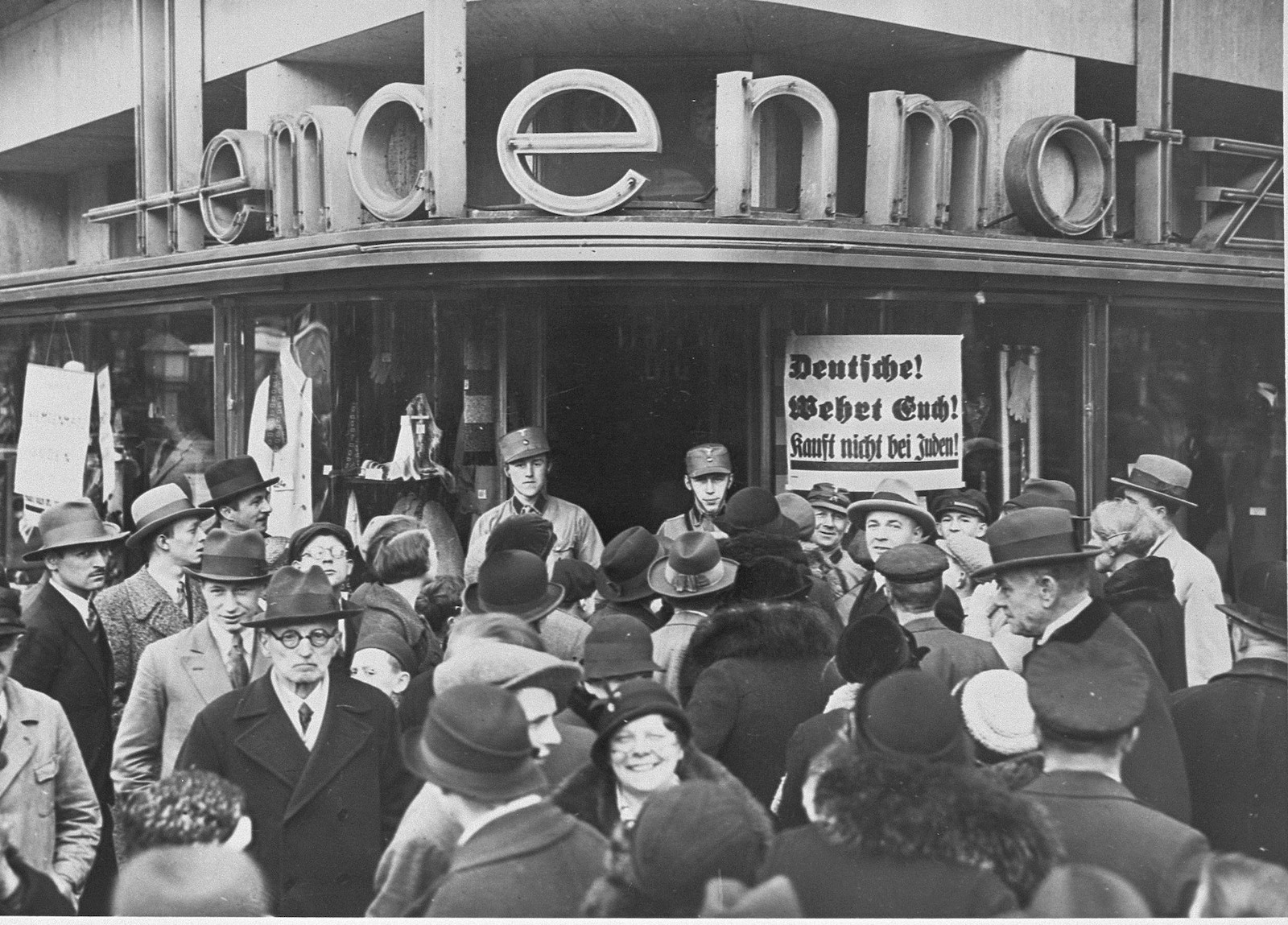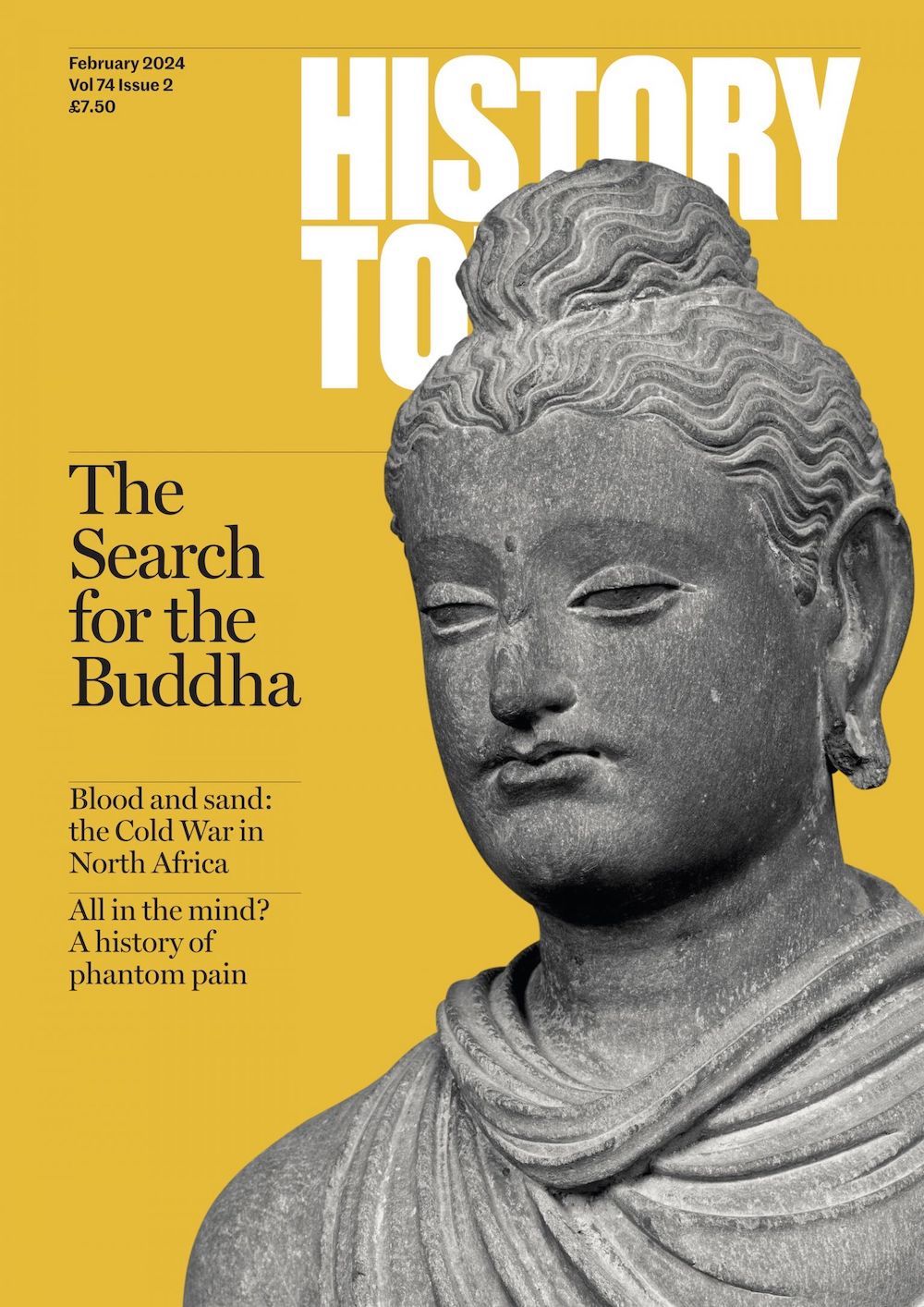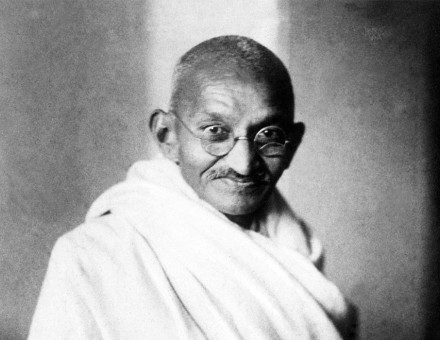‘Bystander Society’ by Mary Fulbrook review
Mary Fulbrook’s Bystander Society: Conformity and Complicity in Nazi Germany and the Holocaust holds the ambivalent accountable.

In 1939 three Harvard professors – Gordon Allport, a psychologist; Sydney B. Fay, a historian; and Edward Y. Hartshorne, a sociologist – ran an essay competition with the title ‘My life in Germany before and after January 30, 1933’. With a first prize of $500 – a substantial sum at the time – the competition attracted more than 250 entries. They were written between late summer 1939 and spring 1940, more than two-thirds of them by émigrés to the US, and most in German. The majority were written by Jews but there were also some submitted by people whom the Nazis called ‘Mischlinge’ (‘mixed breed’) and some by ‘Aryans’, most of whom opposed the regime. On the basis of this trove of sources, Mary Fulbrook sets out to bring some nuance to the concept of the ‘bystander’ as it is usually applied to members of German society under the Nazi regime: people who were neither ‘perpetrators’ nor ‘victims’.
Fulbrook leaves the reader in no doubt as to her position: that the concept of the ‘bystander’ is helpful neither for understanding the ways in which people’s behaviour shifts over time, nor for ascertaining degrees of conformity, complicity and collaboration. Nazi Germany, she writes, ‘was not intrinsically a “perpetrator society”, but over time it became a society in which widespread conformity produced growing complicity in establishing the preconditions for genocide’. The result, she concludes, was a society in which ‘most people would either not want, or not dare, to intervene on behalf of victims, and in which most people learned to look away’.
In recent decades, a historiography that stressed the Nazi regime’s enforcement of terror has given way to the notion of a ‘consensus dictatorship’. In other words, the Nazi regime enjoyed considerable popular support even if it could not create the ‘people’s community’ (Volksgemeinschaft) of which the leading Nazis dreamed. Peter Fritzsche, for example, has written about the German people ‘racially grooming’ themselves, and scholars such as Robert Gellately and Thomas Kühne have argued that support for the Nazis rapidly outstripped the need for terror to back up the regime. Fulbrook rightly observes that this interpretive change echoes a generational shift: those who were young during the Third Reich (and who gave oral history interviews in the late 20th and early 21st centuries) were less likely to offer fear as a reason for their conformity.
Fulbrook notes that compliance does not necessarily signal approval. But she does not seek to offer excuses for German behaviour; rather, she plausibly observes that a combination of ignorance, impotence and indifference shaped the way people acted. She also notes that this combination of factors included room for people to disapprove of the regime; what is often taken as proof of approval by historians might be no such thing: photographs of German crowds with their arms extended in the ‘German greeting’ do not necessarily indicate approval of the Nazi salute, for example. Most persuasively, she explains that what she terms ‘functional complicity’ means that even when people disapproved, their behaviour helped to entrench the regime, as outward conformity deepened the sense of the regime’s permanence and facilitated a slide into outright complicity.
Before the war German citizens could try to ‘combine growing complicity in systemic racism with continuing gestures of humanity towards individuals who were marginalized and excluded’. During the war it became much riskier to make even small gestures of opposition or to try and support the victims. The result was a slide into disaster, as Fulbrook chillingly makes clear: ‘Conformity could be wrapped in a cloak of humanity – but it still ended up travelling in the direction dictated by Hitler.’ Such statements, and the analysis that underpins them, are crucial for making sense of how Germans who did not consider themselves to be Nazis ultimately smoothed the passage for the regime’s functioning.
In a way, Fulbrook’s book calls its own argument into question. It compellingly shows how conformity became ‘functional complicity’ (an argument that is reminiscent of George Orwell’s claim that pacifism was objectively pro-fascist). Yet if that was the case, then one wonders how much nuance we need to bring to the concept of the bystander. Certainly, it is easy to accept that for the people who Fulbrook calls the ‘muddled middle’, there is no such thing as an unchanging ‘bystander’. People change all the time, in the same way that society is never static. Yet even if the behaviour of the ‘muddled middle’ – whether enthusiastic support or quietly getting on with things and keeping one’s opinions to oneself – tended to bolster the regime, it is still the Nazi leadership who merit most of our attention. They were the people who made the decisions that drove the regime.
In her conclusion Fulbrook offers a claim that is likely to make the reader stop and question what has just been read: ‘Not everyone was implicated; and some were far more implicated than others. But the dynamic energy of the leadership, the organised participation and compliance of the many, alongside the largely incapacitated silence of others, were sufficient for the implementation of mass murder across Europe.’ Fulbrook’s concern here is ‘the many’, and this book is a useful counterpart to her and others’ work on perpetrators. Perhaps to understand why ‘the many’ were so bewitched, one needs to focus on the perpetrators alongside the bystanders, unpalatable though this might be. ‘Perpetrator’ is an equally complicated concept, but it has to be tackled if one is to understand how so many people – not just in Germany – could accept the monstrous claims that the Nazis made about the Jews and then act on them.
- Bystander Society: Conformity and Complicity in Nazi Germany and the Holocaust
Mary Fulbrook
Oxford University Press, 496pp, £26.99
Buy from bookshop.org (affiliate link)
Dan Stone is Professor of Modern History at Royal Holloway, University of London.






